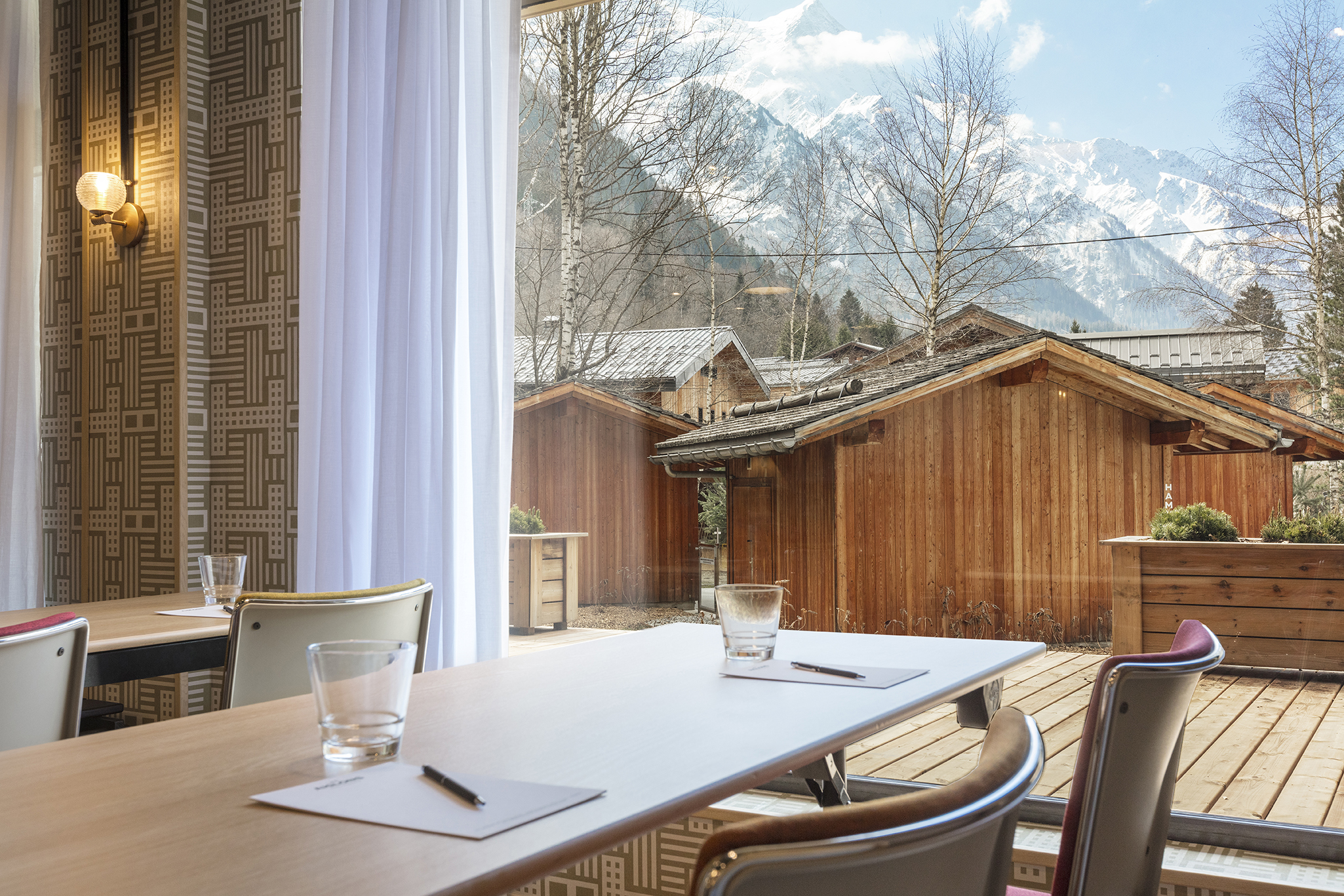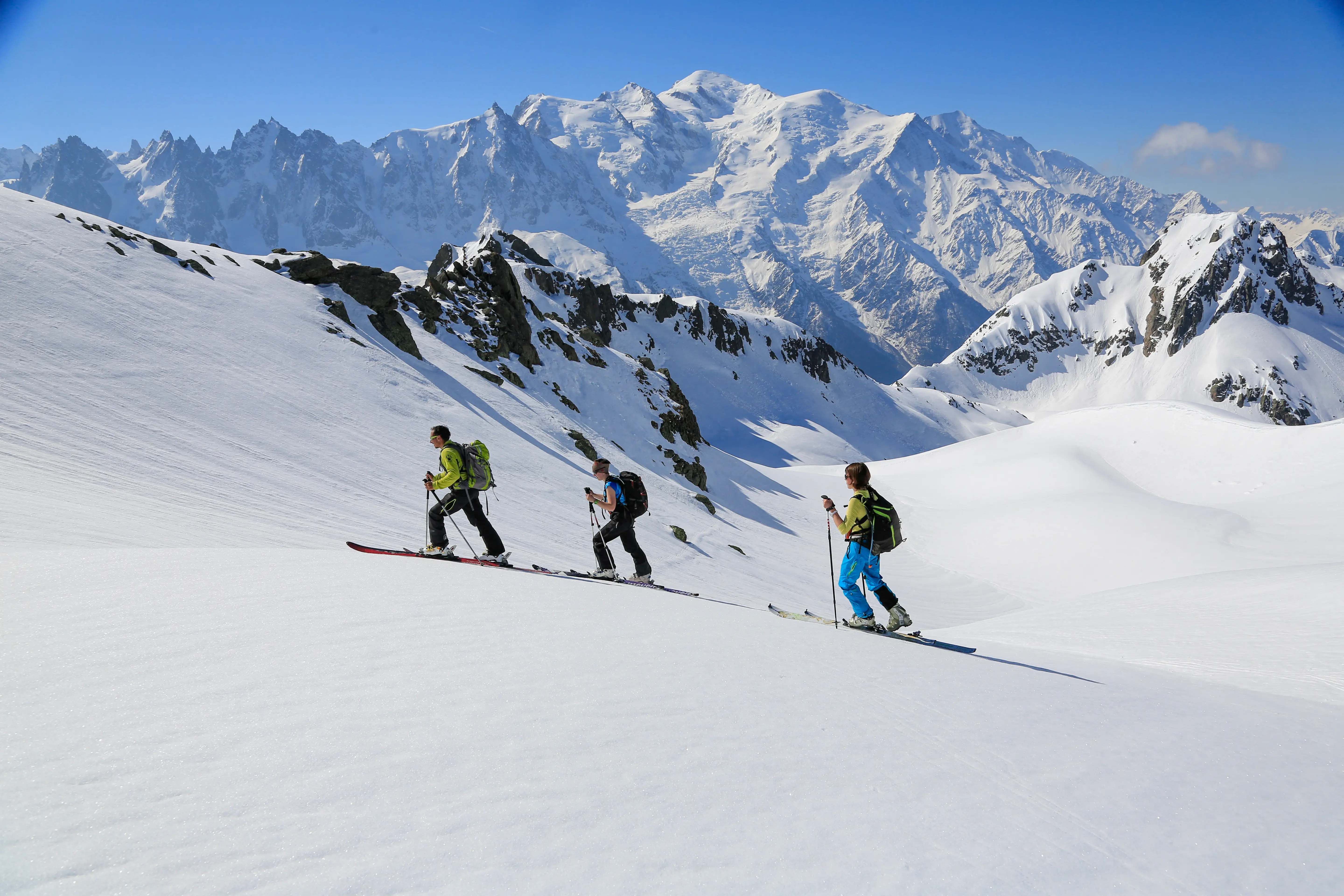Avalanche risk measurement criteria
Avalanche Risk Analysis Bulletin (BERA)
The BERA serves as the basis for the assessment of avalanche risks. The archives of these newsletters for France are available on the Météo France website, and similar reports also exist for Switzerland and some Italian regions, such as Aosta Valley, Piedmont and Liguria. Each report card is specific to a mountain range.
This assessment of Avalanche risk quantifies the danger of an avalanche on a scale of 1 to 4, knowing that level 5 mainly concerns threats to infrastructure and buildings, and therefore is not relevant for skiers. Level 0 means there is no snow. This scale is standardized for Europe and Switzerland.
BERA offers information on spontaneous avalanches and those triggered by skiers. It also identifies the most dangerous slopes and provides a general analysis of the situation. In addition, it integrates recent and forecast meteorological and snow information, offering a perspective on the evolution of the risk for the next two days.
The inclination of the slope
The evaluation ofInclination of the slopes is essential for the backcountry skier. Although some sources suggest that there is “little risk” on slopes of less than 30°, it is imperative to exercise caution:
- it should not be assumed that slopes of less than 30° are completely safe;
- it is crucial to take into account the slopes upstream, in particular because of avalanches triggered remotely, the presence of other skiers, or possible natural avalanches.
We can determine the angle ofInclination of the slope thanks to tools such as the IGN geoportal or the Iphigenia application, where it is also possible to integrate the GPS track of the planned route. Directly on site, the inclination can be measured using a stick (an equilateral triangle represents an inclination of 30°) or an inclinometer, a feature available on some phones.
The orientation of the slope
THEslope orientation plays a crucial role in mountain safety and the assessment of the avalanche risk. In fact, 60% of avalanche-related incidents occur on northern slopes. In these areas, the snowpack tends to have more fragile layers formed by angular grains, the result of significant temperature variations within the mantle.
However, this data cannot be generalized to all scenarios. It is essential to consider the orientation of the slopes upstream and to consult the BRA to identify the riskiest orientations. The direction of the slope is often influenced by the direction of the wind, especially after Snowfall, which can accumulate more snow on protected slopes. The information of Avalanche report do not always cover all slopes and may change during the day.
The condition of the slopes
THECondition of the slopes Borrowed is essential to consider. It is possible to distinguish between slopes where snow has accumulated naturally and those that have been retraced after each fall. Some slopes could also have been affected by recent flows or may have been “cleaned up”, such as at the entrance to a corridor.
However, assessing this condition can be complicated. Simple traces on the snow do not guarantee the stability of the slope. A thorough knowledge of the history of an itinerary is required to establish a reliable assessment. This criterion is particularly relevant for roads that are frequently skied after each snowfall throughout the season, as is the case for White Valley in Chamonix.
5 levels of avalanche risk
The level of avalanche risk is estimated according to 5 categories:
- Low risk : overall, the stability of the snow is good, offering optimal conditions for mountain activities. The instability is minimal and is generally found in specific areas with a significant inclination. Avalanches are rarely triggered, except under excessive loads.
- Limited risk : stability is generally satisfactory, with localized areas of instability mentioned by their orientation and altitude. Avalanches are unlikely except under heavy loads, such as a group of skiers.
- Significant risk : instability is becoming more pronounced, affecting many areas. Avalanches can be triggered by slight overloads, such as the passage of a single skier. Spontaneous avalanches, if they occur, are generally of medium size.
- High risk : the majority of slopes present instability. Many sectors are likely to trigger an avalanche with a slight overload. Level 4 encompasses a variety of situations, some with a high risk of spontaneous avalanches, while others do not.
- Very high risk : instability is extreme and omnipresent. Multiple avalanches, sometimes massive ones, are likely to be triggered, affecting even less inclined areas. In some exceptional situations, avalanches can cause serious damage to people and infrastructure. This category covers particularly dangerous situations, with the potential for considerable damage to property and people.




